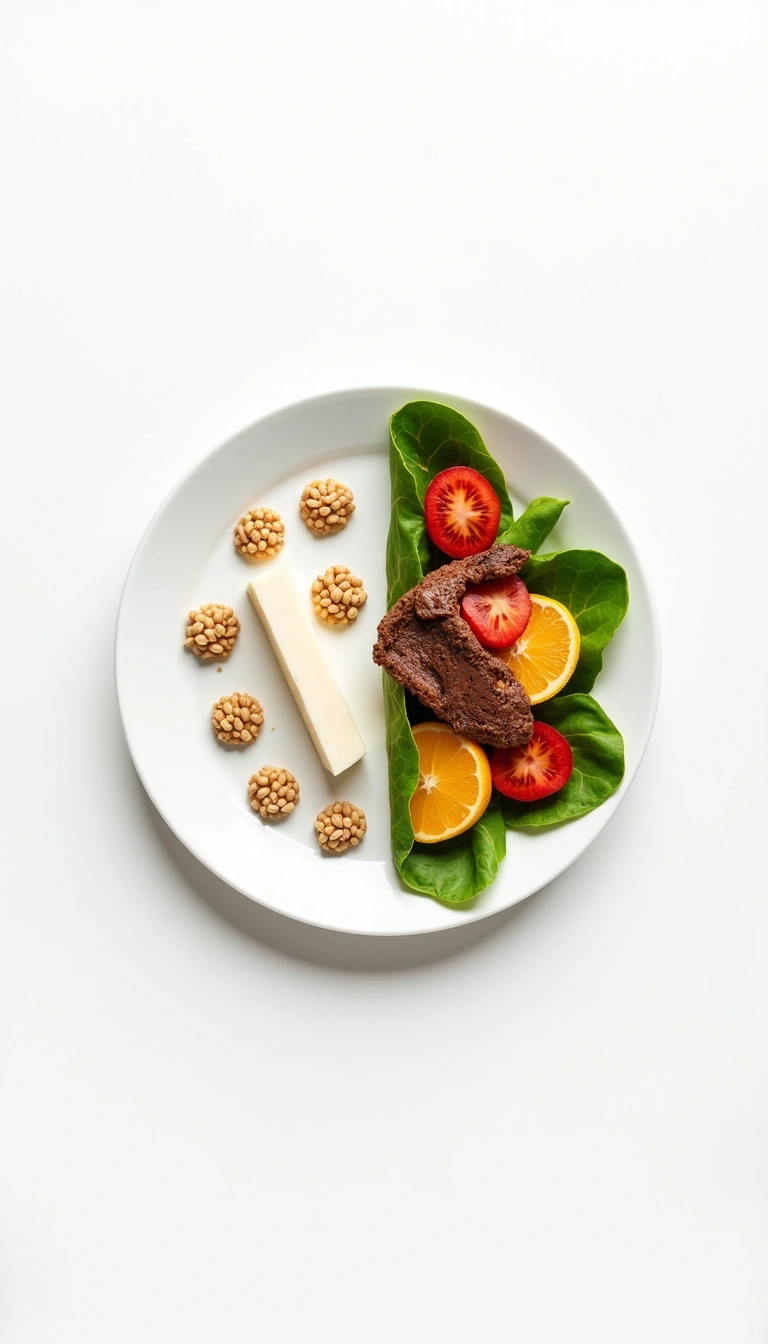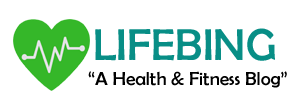When you’re dealing with iron deficiency, knowing which low iron foods to avoid becomes just as important as adding iron-rich options to your plate. Your body needs strategic nutrition choices to rebuild healthy iron levels effectively. Making smart dietary decisions can accelerate your recovery from this common nutritional deficiency.
Let’s explore the foods that might be working against your iron restoration goals.
Understanding Iron Absorption and Food Interactions

Your body absorbs iron in two main forms: heme iron from animal products and non-heme iron from plant sources. Heme iron absorbs more easily, while non-heme iron requires specific conditions to be properly utilized by your system. Certain foods contain compounds that bind to iron, making it unavailable for absorption. Others lack sufficient iron content to support your recovery needs. When you’re battling iron deficiency, every meal becomes an opportunity to either help or hinder your progress. The timing of when you eat certain foods also matters. Some foods that are otherwise healthy can interfere with iron absorption when consumed at the wrong time, particularly during meals containing iron-rich foods.
Take Charge of Your Health with The Home Doctor
Discover real-world remedies and first-aid solutions you can use when help isn’t around.
👉 Claim Your Home Doctor GuideDairy Products and Calcium-Rich Foods
Calcium directly competes with iron for absorption in your digestive system. When you consume high-calcium foods alongside iron-rich meals, your body prioritizes calcium absorption, leaving iron behind. Research shows that consuming 300-600mg of calcium can reduce iron absorption by 30-50%. A single cup of milk contains about 300mg of calcium, making it a significant inhibitor when consumed with iron-rich foods.
What to do: Separate your calcium-rich foods from iron-rich meals by at least two hours. Enjoy your morning cereal with milk, but choose water or juice with your iron-fortified lunch.
Coffee and Black Tea
These popular beverages contain compounds called tannins that bind to iron and prevent absorption. Coffee can reduce iron absorption by up to 60% when consumed with meals, while black tea can decrease it by 70%. The polyphenols in these drinks form complexes with iron that your body cannot break down effectively. Even small amounts can have significant impacts on your iron uptake during meals.
What to do: Wait at least one hour after eating before enjoying your coffee or tea. Consider switching to herbal teas like chamomint or rooibos during your recovery period.
Whole Grains and High-Fiber Cereals
While whole grains offer many health benefits, they contain phytates that can inhibit iron absorption. Bran cereals, whole wheat bread, and brown rice all contain these compounds that bind to iron in your digestive tract. Phytates can reduce iron absorption by 50-65% when consumed in large quantities with iron-rich foods. Your high-fiber breakfast cereal might be working against your iron supplement or iron-rich breakfast.
What to do: Choose refined grains temporarily during your iron recovery phase, or soak whole grains overnight to reduce phytate content. Time your whole grain consumption away from iron-rich meals.
Leafy Greens High in Oxalates
Spinach, while containing iron, also contains high levels of oxalates that prevent your body from absorbing that iron effectively. Swiss chard, beet greens, and rhubarb fall into this category as well. The oxalates in these vegetables bind to iron and other minerals, forming insoluble compounds that pass through your system unused. Spinach only allows about 2% of its iron content to be absorbed.
What to do: Choose low-oxalate greens like lettuce, arugula, or kale instead. If you love spinach, pair it with vitamin C-rich foods and avoid eating it as your primary iron source.
Soy Products and Legumes
Soybeans and soy products contain both phytates and proteins that inhibit iron absorption. Tofu, soy milk, and tempeh can reduce iron uptake when consumed with iron-rich foods. Studies indicate that soy protein can decrease iron absorption by 85% in some cases. Even small amounts of soy sauce or soybean oil used in cooking can impact iron availability.
What to do: Limit soy products during your iron recovery phase, or consume them separately from iron-rich meals. If you’re vegetarian, focus on other protein sources like quinoa or hemp seeds.
Chocolate and Cocoa Products
Chocolate contains both oxalates and polyphenols that interfere with iron absorption. Dark chocolate, while rich in antioxidants, can significantly reduce your body’s ability to utilize dietary iron. Cocoa powder used in baking or hot chocolate drinks contains concentrated amounts of these inhibiting compounds. Your afternoon chocolate treat might be undermining your iron-rich lunch.
What to do: Save chocolate treats for between meals, at least two hours away from iron-rich foods. Consider carob as an alternative that doesn’t contain the same inhibiting compounds.
High-Zinc Foods
While zinc is an essential mineral, consuming large amounts can compete with iron for absorption. Oysters, pumpkin seeds, and zinc supplements can interfere with iron uptake when taken together. The competition occurs at the cellular level, where both minerals use similar transport mechanisms. Taking a zinc supplement with your iron supplement reduces the effectiveness of both.
What to do: Space out zinc-rich foods and supplements from iron-rich meals by several hours. If you take both supplements, consult your healthcare provider about optimal timing.
Processed Foods Low in Iron
Many processed and refined foods offer little nutritional value while taking up space in your diet that could be filled with iron-rich options. White bread, sugary snacks, and fast food meals typically contain minimal iron. These foods often contain preservatives and additives that can interfere with nutrient absorption. They also tend to be high in calories but low in the vitamins and minerals your body needs for iron utilization. What to do: Replace processed snacks with iron-rich alternatives like nuts, seeds, or dried fruits. Read nutrition labels and choose foods that contribute to your daily iron goals.
Antacids and Alkaline Foods
Antacids and foods that significantly alter your stomach’s pH can interfere with iron absorption. Your stomach needs an acidic environment to convert iron into its absorbable form. Regular use of antacids, especially calcium-based ones, can create a double barrier to iron absorption through both pH changes and calcium competition. Baking soda used in cooking can have similar effects.
What to do: Take antacids between meals rather than with food. If you need regular antacid use, discuss iron absorption concerns with your healthcare provider.
Eggs and Iron Inhibition
Eggs contain a protein called ovalbumin that can reduce iron absorption when consumed in large quantities. While eggs do contain some iron, they may not be the best choice during active iron deficiency treatment. The phosphoproteins in eggs can bind to iron and reduce its bioavailability. This effect is most pronounced when eggs are the primary protein source in a meal.
What to do: Limit eggs to one per day during your iron recovery phase. When you do eat eggs, pair them with vitamin C-rich foods to counteract some of the inhibiting effects.
Creating Your Iron-Friendly Meal Plan
Understanding these food interactions helps you create meals that maximize iron absorption. Focus on timing, combinations, and strategic choices that support your recovery goals. Plan your meals around iron-rich foods first, then add complementary ingredients that enhance absorption. Vitamin C-rich foods like citrus fruits, bell peppers, and strawberries can increase iron absorption by up to 300%.
Keep a food diary to track how different combinations affect your energy levels and symptoms. This personal data helps you identify which foods and timing work best for your individual needs. Your journey to overcoming iron deficiency requires both patience and strategy, but making informed food choices will accelerate your path to better health. Focus on iron-rich alternatives and proper meal timing to maximize your recovery potential.

Lifebing is driven by an unrelenting passion for promoting health and well-being, our team is wholly committed to curating exceptional content and immersive experiences.
